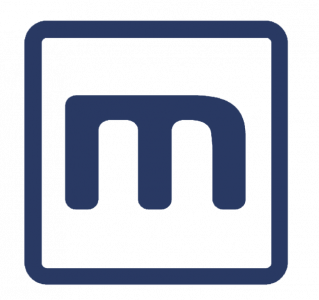Mimecast: 3 Steps to a Memorable, Secure Password
NEW YORK, September 14, 2021 (Newswire.com) - In today's online world, it's critical to create passwords that protect employees and organizations from cyberattacks. Whether employees are creating a login or sending encrypted email, the strength of their passwords can make the difference between a cyberattacker finding an easy way in and not even trying.
But how are people who aren't IT-gifted supposed to make passwords that are complex AND remember them? Don't worry — it doesn't require intense memorization skills, only a bit of creativity. Creating a memorable and secure password is actually a lot easier (and fun) than it might seem.
Cover the basics
Before getting started, it's good to review some of the basics of password security. Every password should:
- Be at least 10 characters long
- Not contain words found in the dictionary
- Contain a variety of upper and lowercase characters
- Include at least one number (123) and one special character (!#@$%)
- Not contain information that could be easily connected to the user (birthday, phone number, address, license plate number, etc.)
1. Start with a memorable base password
A base password is essentially a word or phrase that's easy to remember, but disguised with intentional misspellings and use of special characters. For example, "password1!" is the base password for P@$$w0rd1! or P@s$wurd1! or P_@$_Sw0rd_wun.
There are many ways to come up with strong passwords — start by thinking of favorite songs, books, and quotes.
Song lyrics, artists, and albums
For example, a user might choose the title of the song and the year it was released:
0ldTwnRd2019!!
De$pa-C_t0-19
Or combine the name of the artist into the song:
Ye110wSu8eatles!!
\m/eta11icaS@ndM@n
Literature passage
Have a favorite passage from a play? Think about how it can create an acronym:
"To be or not to be: That is the question"
Could become:
2B0rN2b?=TisQ!
Or, combine the quote with the act and scene number in which it appears:
2B0N2b?_A3S1
Describe something in the work environment
Look around and find inspiration. Got a nice view from the office? For example, if the company's building has a distinct green color, a good password might be:
#Gr33nW@lls4D@ys!!
2. Disguise a password as an acronym or passphrase
As demonstrated above, there are all sorts of ways to get creative with disguising passwords. Simply use whatever abbreviations, misspellings or characters that make sense on a personal level. Here are some common letters that can be replaced with numbers and special characters:
A = @
B = 8
C = (
E = 3
H = #
I = 1 or |
L = 1 or |
O = 0
S = $ or 5
T = +
V = \/
3. Make it longer
When it comes to passwords, the longer the better. Anything can be lengthened with a repetitive sequence of letters such as "hahaha" or "jkjkjkjkjk" or whatever sort of sequence is easy to recall.
- These could create a meaning: C@+$>D0gZ!!jkjkjk
- Use a state abbreviation: B0rN&r@!$3dDEDEDEDE
- Create a unique acronym: SPIESIML92!! could stand for Some Penguins Investigate Evil Seals Inside Money Land
The bottom line
The point of creating a password is to make it unique and memorable. It can be fun to come up with something with a special meaning that reminds each user of a favorite character, an inside joke or just something that makes them smile every time they log in for work. And, the more unique employees make their passwords, the better protected the entire organization will be from cyberattacks. So don't be afraid to get creative.
***
Contact: carolina.darbellesv@iquanti.com
Source: Mimecast
